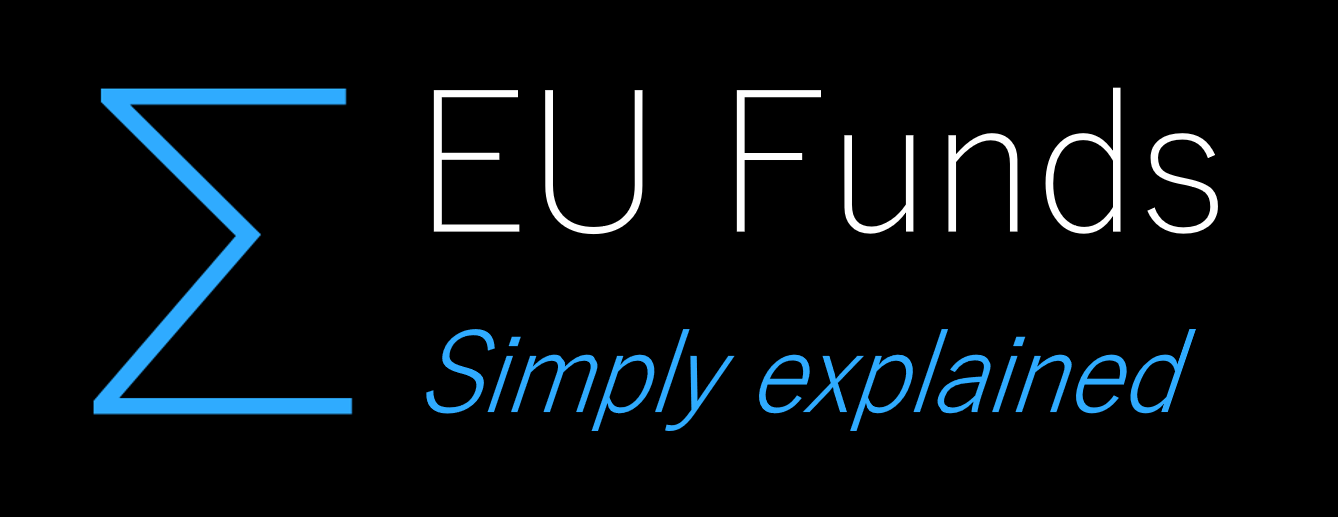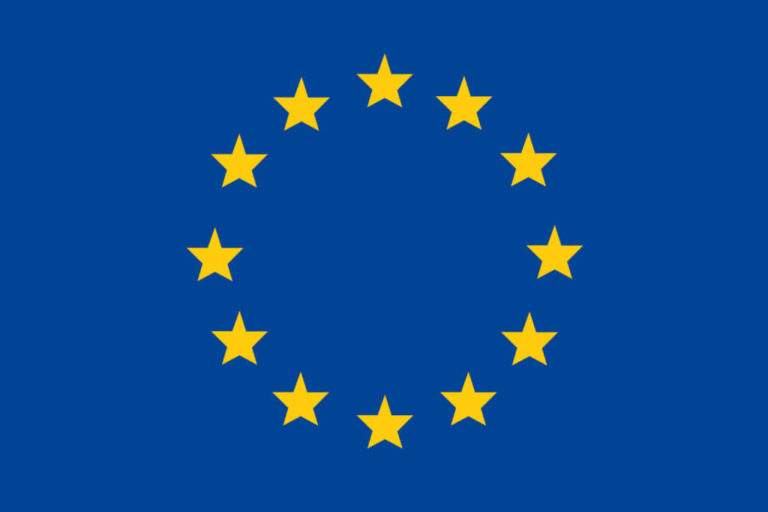An Associated Partner in Horizon Europe is an international partner in Horizon 2020. An Associated Partner (AP) is an entity that works for the EU project but cannot declare costs and needs to have its own budget. It can be linked to one beneficiary or more beneficiaries. It can also be linked to the entire consortium. They are not eligible for funding.
- Associated Partner does work but cannot declare costs
- Associated Partner can be linked to the whole consortium or to a particular beneficiary
- The beneficiaries must ensure that relevant MGA obligations are also extended to AP (e.g. through the consortium agreement)
- They do not access the Funding & Tenders Portal
An Associated Partner in Horizon Europe is usually an entity (company, university, etc) from a state which is not member of the European Union and that receives funding from its own national funding authority. An example would be an American university participating in the execution of a Horizon Europe project.
Participants from industrialized countries and emerging economies have themselves to determine the sources of funding and find the resources for their part of the action. Several countries have created mechanisms to co-fund their participants in Horizon 2020 actions selected for EU funding (you can find more information on available local support from non-EU countries for Horizon 2020 country by country below).
- there is a bilateral agreement between that country and the EU
- the country is explicitly identified in the relevant work programme and call for proposal as being eligible for funding
- their participation is deemed by the European Commission to be essential for carrying out the action.
References:
Associated partners must implement the action tasks attributed to them in Annex 1 in accordance with Article 11. They may not charge costs or contributions to the action and the costs for their tasks are not eligible. The tasks must be set out in Annex 1. The beneficiaries must ensure that their contractual obligations under Articles 11 (proper implementation), 12 (conflict of interests), 13 (confidentiality and security), 14 (ethics), 17.2 (visibility), 18 (specific rules for carrying out action), 19 (information) and 20 (record-keeping) also apply to the associated partners. The beneficiaries must ensure that the bodies mentioned in Article 25 (e.g. granting authority, OLAF, Court of Auditors (ECA), etc.) can exercise their rights also towards the associated partners.
Associated partners are entities that implement action tasks but without receiving EU funding. They do not become party to the Grant Agreement (do not sign the GA), but they implement important parts of the action and are thus often involved actively in the consortium. Therefore, the Grant Agreement mentions them and defines their role (rights and obligations).
Characteristics of implementation by associated partners:
- Associated partner participates at own costs (does not receive EU funding).
- Associated partner performs action tasks directly. Associated partners do NOT sign the GA (and are therefore not beneficiaries).
- The consortium (or in case a link exists with a specific beneficiary, the beneficiary) remains responsible towards the granting authority for the action tasks performed by associated partners.
Associated partners do NOT need to have a (capital or legal) link to the beneficiary (but they may have one) and do NOT need to comply with the eligibility conditions for funding (but they may be, and just choose to participate without funding). Associated partners must be listed in Article 9.1, their tasks must be mentioned in Annex 1. For some programmes (HE only), applicants may include the total estimated costs of their associated partners in the budget for their proposal (i.e under ‘Other sources of financing’: ‘Financial contributions’ and ‘Own resources’ headings).But this is for information purposes only. The information is not transferred to the grant as the associated partners are not required to report on their costs. There is NO simplified approval procedure.
The consortium is responsible for the proper implementation of the tasks implemented by associated partners (proper quality, timely delivery, etc). They must moreover ensure that they comply with certain obligations:
- Proper implementation (see Article 11)
- Avoiding conflict of interest (see Article 12)
- Confidentiality and security obligations (see Article 13)
- Ethics (see Article 14)
- Give visibility to the EU funding (see Article 17.2)
- Respect specific rules for the action implementation (see Article 18)
- Information obligations (see Article 19)
- Record-keeping (see Article 20).
It is the beneficiaries’ responsibility to ensure that these obligations are accepted by the associated partners (e.g. via contractual arrangements, consortium agreement, etc). Moreover, the beneficiaries must ensure that the bodies mentioned in Article 25 (e.g. granting authority; the European Court of Auditors (ECA); the European Anti-Fraud Office (OLAF)) have the right to carry out checks, reviews, audits and investigations on the associated partners, particular concerning the action implementation.
Not automatically eligible for funding:
Industrialised countries and emerging economies – participants from these countries have themselves to determine the sources of funding and find the resources for their part of the action. Several countries have created mechanisms to co-fund their participants in Horizon 2020 actions selected for EU funding (you can find more information on available local support from non-EU countries for Horizon 2020 country by country below).
In exceptional circumstances, industrialised and emerging economies can receive EU funding if:
- there is a bilateral agreement between that country and the EU
- the country is explicitly identified in the relevant work programme and call for proposal as being eligible for funding
- their participation is deemed by the European Commission to be essential for carrying out the action.
The roles should be attributed according to the level of participation in the project. Main participants should participate as Beneficiaries or Affiliated Entities (former Linked Third Parties); other entities can participate as Associated Partners, Subcontractors, Third parties giving in-kind contributions, etc.
Associated Partners and Third parties giving in-kind contributions normally do not get any part of the grant money and will therefore have to organise other funding sources (bear their own costs, internal reallocation of funding inside the consortium, find investors, etc.)
AMGA Article 9.1 Associated Partners
Associated partners must implement the action tasks attributed to them in Annex 1 in accordance with Article 11. They may not charge costs or contributions to the action and the costs for their tasks are not eligible.
The tasks must be set out in Annex 1.
The beneficiaries must ensure that their contractual obligations under Articles 11 (proper implementation), 12 (conflict of interests), 13 (confidentiality and security), 14 (ethics), 17.2 (visibility), 18 (specific rules for carrying out action), 19 (information) and 20 (record-keeping) also apply to the associated partners.
The beneficiaries must ensure that the bodies mentioned in Article 25 (e.g. granting authority, OLAF, Court of Auditors (ECA), etc.) can exercise their rights also towards the associated partners.













